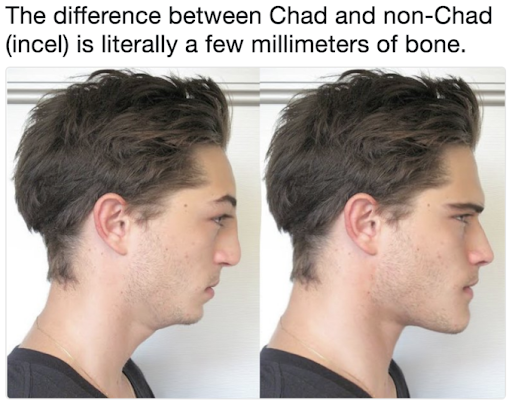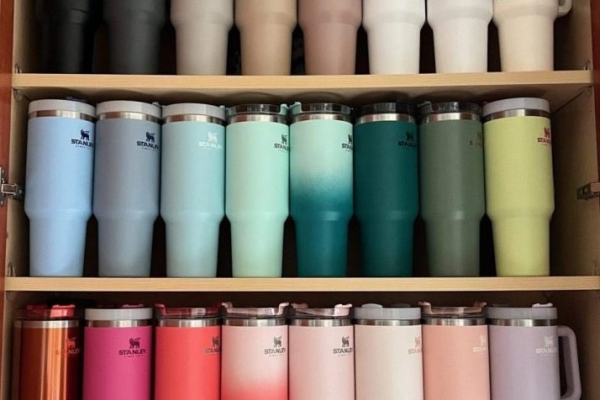SAVE RALPH AND ALL OTHER ANIMALS FROM TESTING
Over 100 million animals are burned, crippled, poisoned, and abused in US labs every year. One thing to keep in mind is this does not account for the other 194 countries in the world.
Although many individuals pose as neutral to animal testing, others have made an effort to advocate against animal testing such as the documentary Save Ralph.
This short film reveals the life of Ralph, a rabbit who serves as a tester. This combination of storytelling and animation serves as a campaign against the cruelties of animal testing in the beauty industry.
After viewing this documentary, one can come to the conclusion that animal testing used for cosmetic manufacturing does not simply mean applying eyeshadow or lipstick to a rabbit, but instead, injecting or applying chemicals to the animal’s eye.
Animal testing should not be a method to improve cosmetics because of its lack of humanity towards animals as well as the fact that certain practices are outdated and unethical.
“I am in favor of alternative testing, rather than animal testing, in any case where it can provide the data necessary to ensure product safety,” asserts Christinia Zschoche, Biology teacher.
Although safety in product development is essential to the success of beauty companies, animal testing disregards the biological differences between humans and other species. Humans and animals can share similar traits, but this does not mean they will react similarly.
According to Human Society International, the skin of rats, mice, and rabbits absorbs chemical substances quicker than humans. This means that these animals are being exposed to an exaggerated amount of chemicals than they should which overestimates the danger of the substance.
Because animals are given highly concentrated amounts of chemicals, the issue is that “this approach doesn’t make problems show up thousands of times faster. It makes different problems show up.” states the Humane Society International.
When measuring the effect of chemical exposure on an organism, there are four observations recorded. This includes how the chemical is absorbed, the distribution of the substance in the body, how the substance is metabolized and eliminated.
Because of this process, it varies in species which is why animal testing does not serve as an accurate model of human reaction to products. There have been instances regarding involvement of the Food and Drug Administration (FDA) that resulted in negative human reactions to a product but positive or no effect on animals.
“There are also other types of testing that can sometimes be used in place of or in conjunction with animal testing. Cell and tissue culture are 2 good examples of techniques that can provide meaningful data,” mentions Zschoche.
Furthermore, animal testing consists of harmful and cruel practices on organisms.
Because animal testing is in the interest of improving consumer goods and making a profit, the improvement of a product requires many tests.
Draize eye test: This test is meant to observe eye irritancy. This is done by using one eye of a rabbit as the control by not injecting the chemical while the other is injected with a substance.
Acute Toxicity: This test measures the effect of exposure to a chemical by mouth, skin, or inhalation. This usually consists of animals experiencing excruciating pain such as seizures.
Pyrogenicity: This test is meant to observe the effect of a substance on the likelihood of increasing body temperature. This involves injecting an animal such as a rabbit with a substance and observing whether its temperature increases.
Many cosmetic companies have prioritized profit over the safety of animals.
According to an advocacy blog Cruelty-freekity.com, companies like Nars have changed their protocol in animal testing in order to form partnerships with China in the hopes of gaining more profit.
Additionally, companies such as L’Oreal, Dior, Mac, Maybelline, Burberry, Rimmel, Revlon, etc are beauty companies that are labeled as non-cruelty-free. These companies attempt to dismiss their affiliations with Chinese companies that require animal testing in order to appeal to animal advocates, however, their sole intention is to gain profit.
Animal testing is an excuse to contribute to the improvement in consumer goods, however, they are a violation of the rights and protections of animals. There are many alternatives that should be involved in large corporations.
“Cell and tissue culture seem to be useful in testing beauty products. It’s relatively easy to expose cells and tissue in vitro (in glass) in the lab and see the effects on cell growth, structure, and function,” explains Zschoche.






